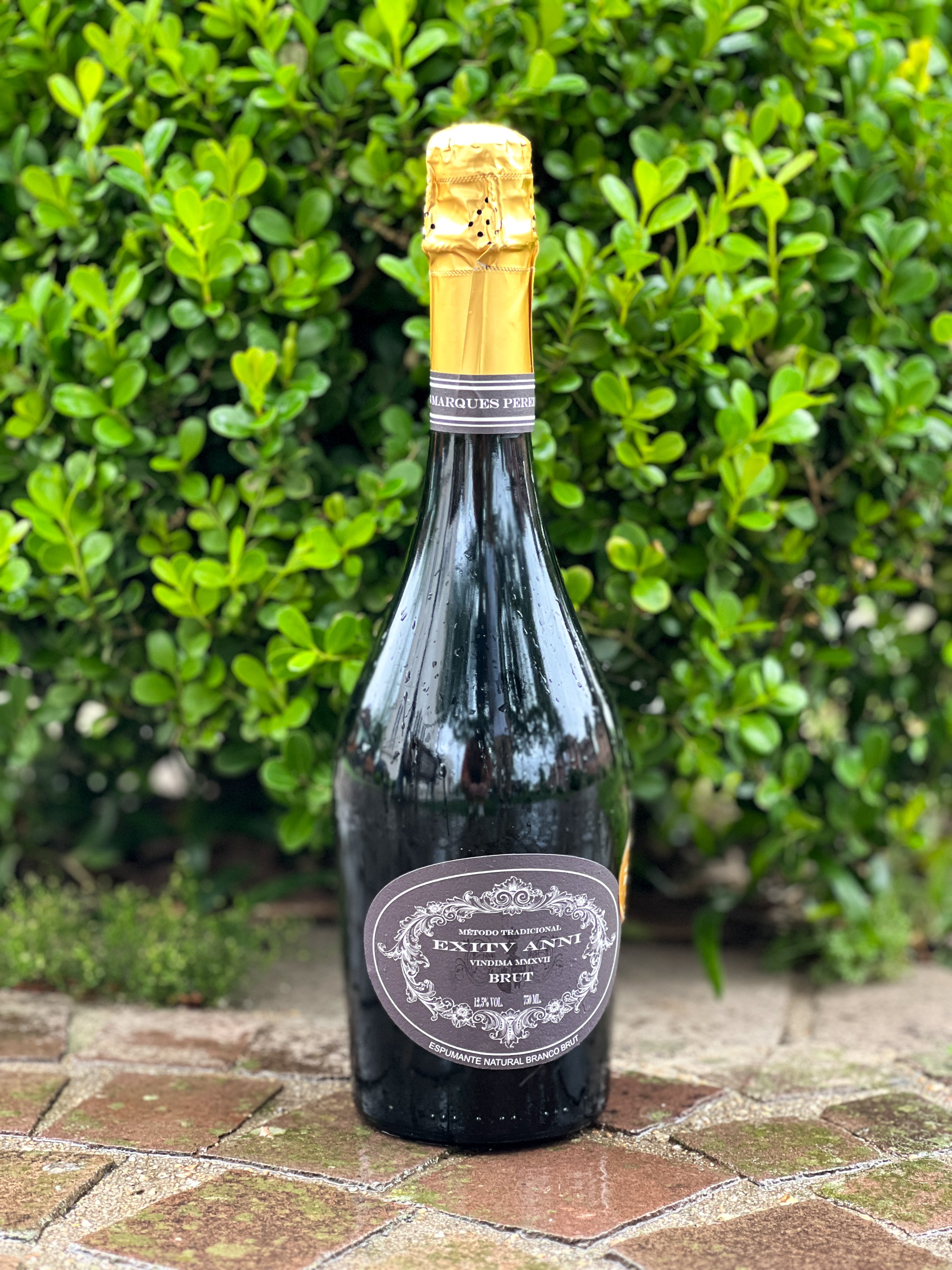Harvest Time: It's Harvest Time
The arrival of harvest time is a moment of unity, celebration, and tireless work. Learn more about the true grape festival and what it represents for the producing communities.
In the heart of the Serra Gaúcha, amidst the verdant valleys of vineyards laden with ripe grapes, the first months of the year are filled with celebrations and hard work. Harvest time, the Vindima , is more than just a stage in the process; it's the culmination of much care, attention, a good dose of patience, and even a little faith, in the hope of favorable weather for the winegrowers and their precious vines.
What is the grape harvest?
Perhaps one of the most important moments in the wine production journey, the grape harvest greatly determines the final quality of the product. The characteristics of the fruit at this stage are indicative of the potential and styles of wines, juices, and sparkling wines that will emerge within the winery.
The word "vindima" (harvest) is derived from the Latin " vindemia, " simply translated as " grape harvest ," which in turn is the combination of "vinum" (wine) + " demere" (to remove/extract). This act is, definitively, gathering the fruits ready for transformation into the divine beverage of Bacchus. This origin could not be separated from the celebrations marking the end of waiting and hard work, gaining even greater reinforcement in the reality of the Italian immigrants who pioneered the Brazilian lands and saw in the harvest and wine a gift from the land for their perseverance and sacrifice in cultivating the vines that traveled so many kilometers across the ocean.
In southern Brazil, during the grape harvest, many wine-producing businesses offer special programs so that wine lovers from all over the country (and the world) can participate in this ritual and learn more about the process and symbolism for each community.
When does the grape harvest take place?
The timing of the grape harvest is determined by three fundamental factors: climate, grape variety, and the winemaker's objectives. Firstly, it's important to emphasize that the harvest festival is a celebration of the grapes' maturity on the vine; this means the fruits have reached the peak of their development, ready to assume their destiny in production. The ripeness of the grapes depends on the climatic conditions of the location where the vineyard is situated; that is, each region has its own harvest season. While the harvest takes place between the beginning of January and mid-March in the Serra Gaúcha region of Brazil, it will only begin in August in Minas Gerais. In the Tuscany region of Italy, the harvest occurs between September and October, the same time that the vineyards of New Zealand are just beginning to bloom.
During these periods, the work is intense and continuous, as each grape variety reaches its ideal point at different times. Starting with white varieties, such as Chardonnay and Sauvignon Blanc, from the end of December to mid-January, then the earlier red grapes like Merlot, and finally the later ones like Cabernet Sauvignon in the first half of March.
By respecting the needs of each grape variety and the natural impacts of climate on fruit development, the winemaker can work to preserve specific characteristics, depending on the type of product they want to achieve. By harvesting earlier than ideal, the producer ensures that the grapes will have higher acidity, essential for sparkling wines, for example. Grapes for aging wines should take full advantage of the available development time, decreasing acidity levels and increasing color, tannin, and sugar content.
Typically, grape harvesting takes place during the coolest parts of the day, especially in the early morning or even before sunrise, as the grapes can be harvested protected from the heat and go directly to the winery, avoiding spontaneous fermentations that can generate undesirable flavors and aromas. Grapes destined for the production of fine wines can be harvested manually or by special machines. The choice of method is defined by the conditions of the land where the vineyard is located and the producer's objectives. Excellent grapes tend to be harvested by experienced workers, capable of identifying the best bunches, discarding unripe or rotten grapes, and avoiding damaging the vines through mechanical action.
The grape harvest is a tradition that spans almost 10,000 years of human history, dating back to the Middle East, then to Ancient Egypt and the Greeks, who saw wine as a blessing from the gods, worthy of banquets and celebrations. It has inspired philosophers and poets throughout history, such as Goethe, who was impressed by the harvest rituals in Italy, where he witnessed winegrowers gently removing each bunch and joyfully carrying it to the winery for pigiatura, the iconic pressing with the feet to extract the grape juice. Today, even though technology is a fundamental part of the process, the harvest remains a symbol of social communion, a custom passed down through generations with affection and passion for the art of winemaking.















